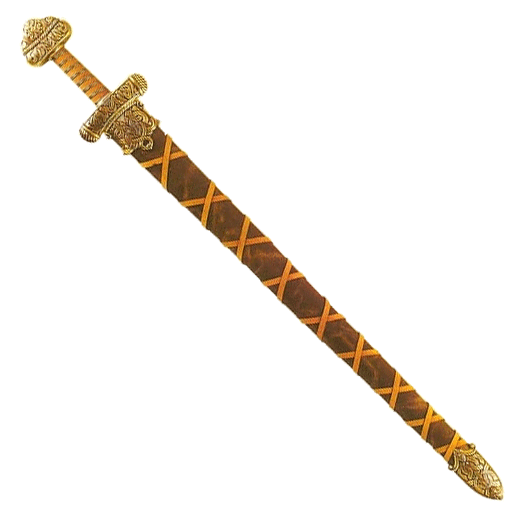Instruction
1
Take two identical solid plank of the same length with the length of your knife or sword and a width of 1.5-2 times larger than the width of the handle of the knife. Treat the boards planed and sanded until they fit snugly to each other.
2
On both halves of the future of the sheath lay the knife and draw its contour with a pencil. Then expand the knife 180 degrees and re-draw. From the handle on the end of the future of the sheath mark the depth to which you need to choose the wood under the handle of the knife.
3
According to the outline, select the wood blanks using a manual mill or a drill with an appropriate attachment. The finished sample should be tapering down the funnel. The handle of a knife or sword should fit snugly to the scabbard in their mouth.
4
Make sure that the gap has turned out adequate in order to the sheath held the knife and at the same time narrow enough to prevent the ingress of water and dirt. Glue the halves of the sheath by using a two-component epoxy resin with wood sawdust.
5
After the glue is grabbed, treat the surface of the sheath – grind them and, if necessary, varnish. Near the mouth of the scabbard, fasten the boards of 5x5 cm, to be mounted on the suspension loop. Ready sheath wrap thin nylon cord and impregnate the coil with epoxy.
6
Additionally, you can drill into the scabbard a few holes and stitch them for strength. Polish the surface of the sheath and cover them impregnating wood or the stain. If you wish, fit an scabbard leather.
